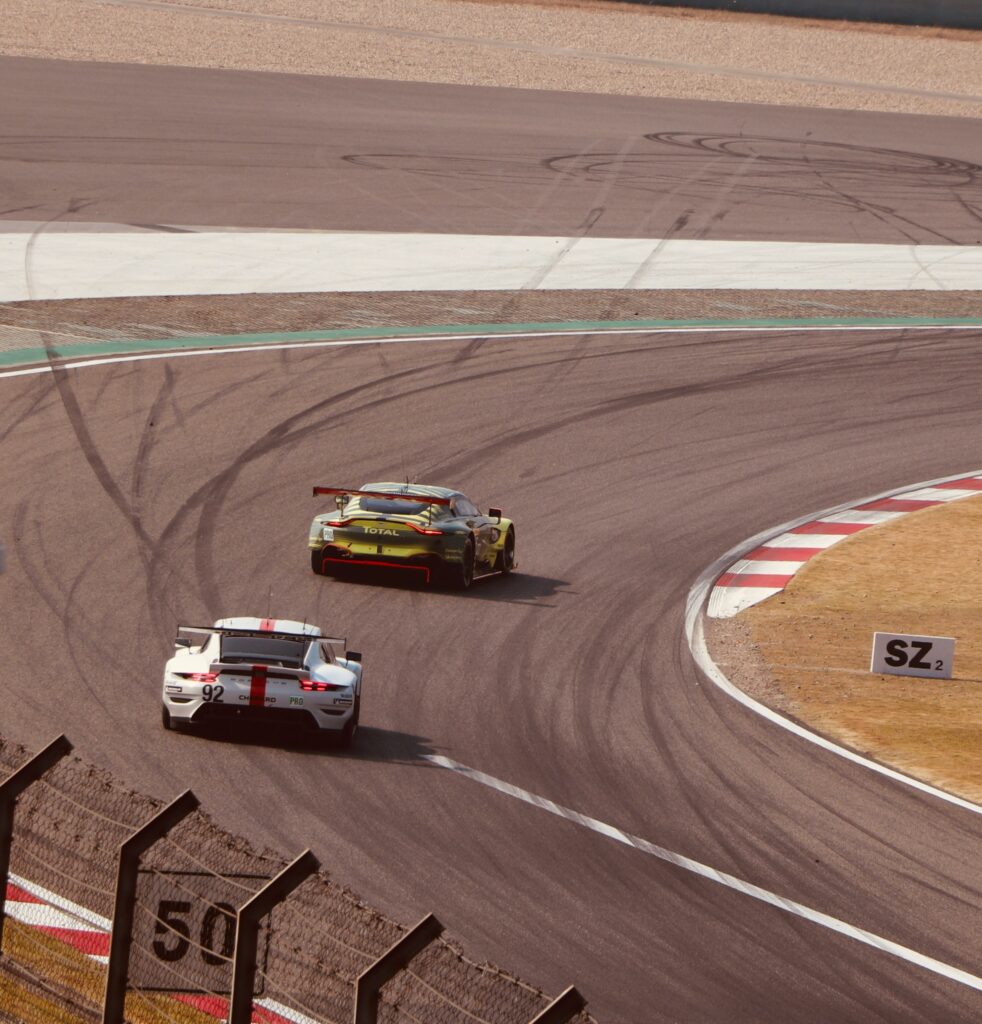Core Concepts
33If executives aren’t aligned on what “organizational performance” means, teams will optimize for different, and often conflicting, priorities.
Is your leadership model designed by choice—or just tradition? Without realizing it, leadership teams fall into default patterns: centralizing decisions, pushing for coordination, or encouraging autonomy. These habits may have once served the organization, but over time, they can become mismatched to the moment.
Most organizations structure teams based on hierarchy or function—but that often leads to bottlenecks, unnecessary dependencies, and slow decision-making. Team Topologies offers a potentially smarter approach by optimizing team structures, defining clear collaboration patterns, and reducing cognitive load so teams can work efficiently.
A growth mindset isn’t just about personal development—it shapes how teams, leaders, and entire organizations navigate change, innovation, and long-term success. Organizations that fail to embrace a growth mindset don’t just resist change—they get left behind.
We need ambitious, empathetic leaders involved in office politics—because the alternative is worse
Slogans won't drive real change. Instead, define the key observable behaviors you want to see from your team.
Most leaders struggle when they get promoted—not because they lack talent, but because each new leadership level requires a different mindset, skill set, and way of working.
Most teams don’t fail because of a lack of skill or talent—they fail because of trust issues, fear of conflict, weak commitment, lack of accountability, and misaligned priorities.
Teams don’t just become high-performing overnight—they go through predictable stages of development, first identified by Bruce Tuckman in 1965: Forming, Storming, Norming, and Performing, with a later-added fifth stage, Adjourning.









